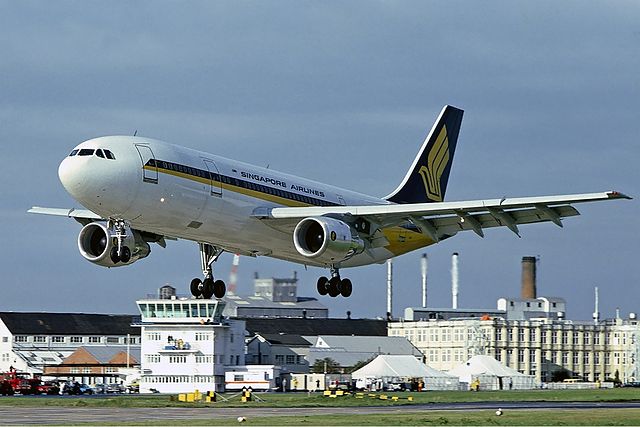Sixteen Thousand Feet Over

In February of 2008, a Brooklyn, New York, woman named Carine Desir died. The cause of death seemed to be an asthma attack — she had been complaining of shortness of breath and her last words, reportedly, were “I cannot breathe!” — but what makes her death notable isn’t how she died. It’s where she died. Carine Desir passed away on a plane, en route to New York City from Haiti. And what does the airline do when someone dies in the middle of a flight? Depends. In Desir’s case, American Airlines enshrouded her in a blanket and laid her corpse in the aisle in first class. Space is lacking on planes, and most airlines don’t have a section for recently deceased travelers.
The U.S. Federal Aviation Administration (the FAA) does not issue regulations or guidance regarding in-flight death. Most (if not all) airlines have policies in place in case of such an event, but as the Seattle Times learned when they asked about those policies after Desir’s death, the airlines were not very forthcoming — Delta, JetBlue, and Northwest all declined to provide details. American’s spokesperson also gave little in the way of details, offering a broad-stroke view of the policy: “When there is a death aboard a flight the general procedure is to move the deceased to an area of the cabin where they can be isolated to some extent and covered in as dignified a way as possible.” British Airways, after a death aboard one of their flights, demonstrated a similar policy. Per the Consumerist, the British Airways crew placed the corpse in first class, as there were no other available, somewhat isolated seats.
But one airline — Singapore Airlines — has a plan. Many of their flights come equipped with a special place for those who die in flight, colloquially called the “corpse cupboard.” Singapore Airlines, as of 2004, operated “the longest non-stop route in the world: a 17-hour, 7,900-mile journey between Singapore and Los Angeles,” in the words of the Guardian. In May of 2004, the company announced that these flights, again per the Guardian, would have “a discreet locker next to one of the plane’s exit doors which is long enough to store an average-sized body, with special straps to prevent any movement during a bumpy landing.”
While some frequent flier message boards (example here) have accounts of people who have checked out the cupboards, to date, there are no reports of Singapore Airlines requiring their use.
Bonus fact: Why don’t airlines suggest moving a passenger who dies in-flight into a restroom? The same Seattle Times explains that while that used to be done, airlines soon learned that this was a big mistake. Getting the body into the lavatory isn’t terribly difficult, but getting it out often is, because rigor mortis sets in during the duration of the flight. The now-stiff body is difficult to move.
From the Archives: Flying Signs: How airplanes get those ad banners behind them. (It’s harder than you’d think.)
Related: Stewardess School, a B-movie from the 1980s. According to Wikipedia, it had a budget of about $8 million and grossed only about 2% of that at the box office.
